
153
Collana Alleli / Research
Scientific Committee
Edoardo Dotto (ICAR 17, Siracusa)
Emilio Faroldi (ICAR 12, Milano)
Nicola Flora (ICAR 16, Napoli)
Antonella Greco (ICAR 18, Roma)
Bruno Messina (ICAR 14, Siracusa)
Stefano Munarin (ICAR 21, Venezia)
Giorgio Peghin (ICAR 14, Cagliari)
ISBN 978-88-6242-837-8
First edition April 2023
© LetteraVentidue Edizioni
© AOUMM: Luca Astorri, Riccardo Balzarotti, Rossella Locatelli, Matteo Poli
No part of this book may be reproduced or transmitted in any form or by any means, including photocopying, even for internal or educational use. Italian legislation allows reproduction for personal use only, provided it does not disadvantage the author. Therefore, reproduction is illegal when it replaces the actual purchase of a book as it threatens the survival of a way of transmitting knowledge. Photocopying a book, providing the means to photocopy, or facilitating this practice by any means is similar to committing theft and damaging culture.
If mistakes or omissions have been made concerning the copyrights of the illustrations, we will gladly make a correction in the next reprint.
Book design: AOUMM, Gaetano Salemi
LetteraVentidue Edizioni Srl
via Luigi Spagna, 50P 96100 Siracusa, Italy
www.letteraventidue.com
Notebook for a permacultural landscape: the design of an 80 hectares farm in Azerbaijan
AOUMM
Luca Astorri, Riccardo Balzarotti, Rossella Locatelli, Matteo Poli
Landscape design and planning project for 80 hectares of agriculture, service structures and farm compound
Location: Lankaran, Azerbaijan
Architecture, landscape and graphic: AOUMM
Luca Astorri, Riccardo Balzarotti, Rossella Locatelli, Matteo Poli with
Maria Elena Garzoni, Hiroyuki Kakiuchi, Anton Kotlyarov, Riccardo Radaelli, Vera Scaccabarozzi, Eleonora Schiavi, Demet
Güliz Uslu and Caterina Battolla, Ayaka Suzuki, Yoko Yoshiike.
Agronomic project: PN Studio – Progetto Natura
Francesca Neonato
Geological and geotechnical reports: PETRA Geological consulting
Giovanni Coduri
De Re Rustica FRACTAL Productive Orchard Tea Feijoa Rice Pasture crops and cows path HAIKU Main axis Northern area CADAVRE EXQUIS Notes, thoughts and reports Survey 1-2 February 2014 Survey 8-10 May 2014 Survey 21-22 October 2014 EDO CASTLE MAP Architecture Final project reports 17 31 54 70 82 88 94 111 133 141 155 158 184 190 208 219 244 297 CONTENTS
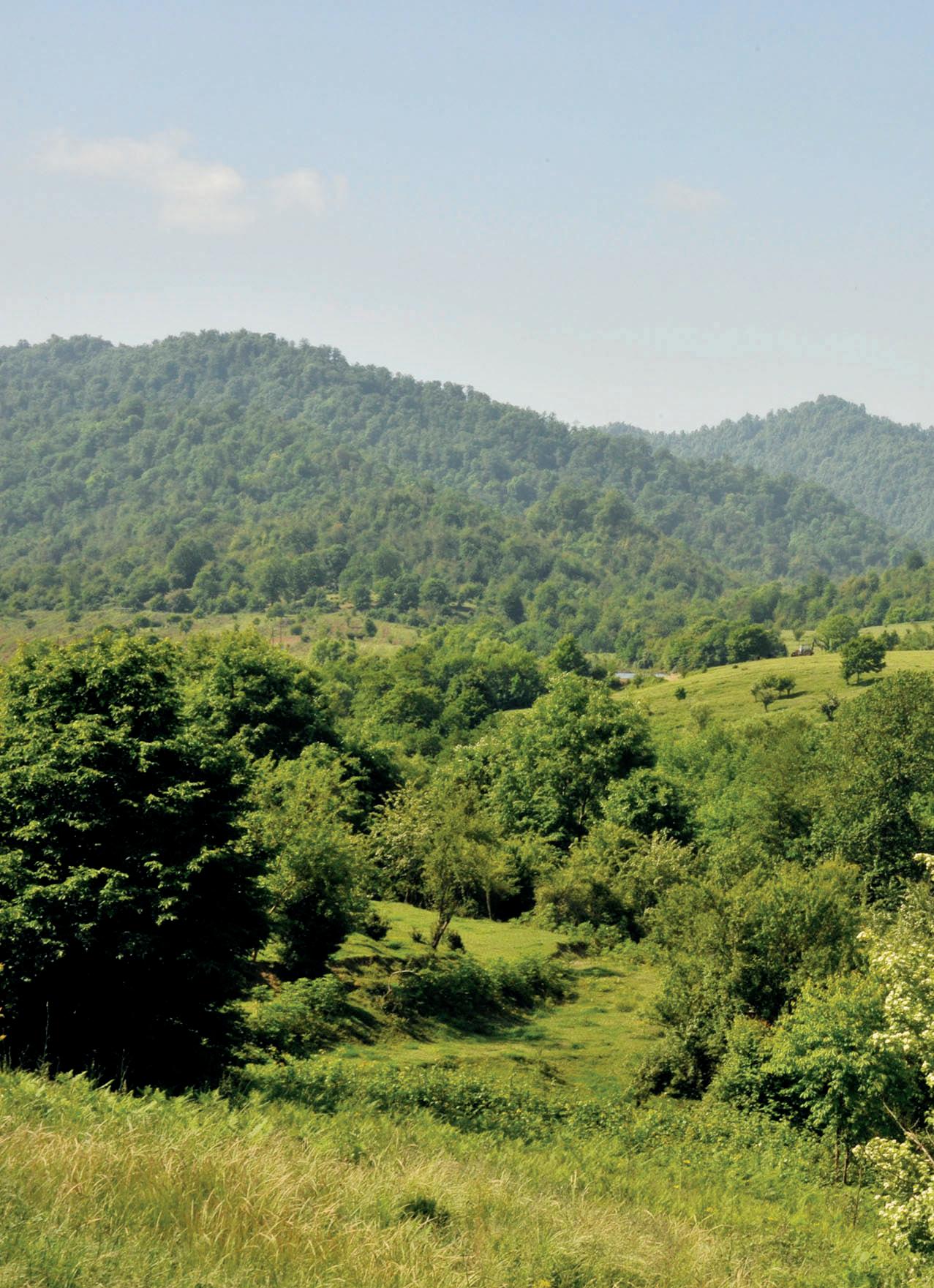
We all know that our work is humble, but...

...the union of our humble works is extraordinary.
Bill Mollison – Introduction to Permaculture
DE RE RUSTICA
Lucius Junius Moderatus Columella (4 – 70 a.d.)
Again and again I hear leading men of our state condemning now the unfruitfulness of the soil, now the inclemency of the climate for some seasons past, as harmful to crops; and some I hear reconciling the aforesaid complaints, as if on well-founded reasoning, on the ground that, in their opinion, the soil was worn out and exhausted by the overproduction of earlier days and can no longer furnish sustenance to mortals with its old-time benevolence. Such reasons, Publius Silvinus, I am convinced are far from the truth; for it is a sin to suppose that Nature, endowed with perennial fertility by the creator of the universe, is affected with barrenness as though with some disease; and it is unbecoming to a man of good judgment to believe that Earth, to whose lot was assigned a divine and everlasting youth, and who is called the common mother of all things — because she has always brought forth all things and is destined to bring them forth continuously — has grown old in mortal fashion.
And, furthermore, I do not believe that such misfortunes come upon us as a result of the fury of the elements, but rather because of our own fault; for the matter of husbandry, which all the best of our ancestors had treated with the
• 17 •

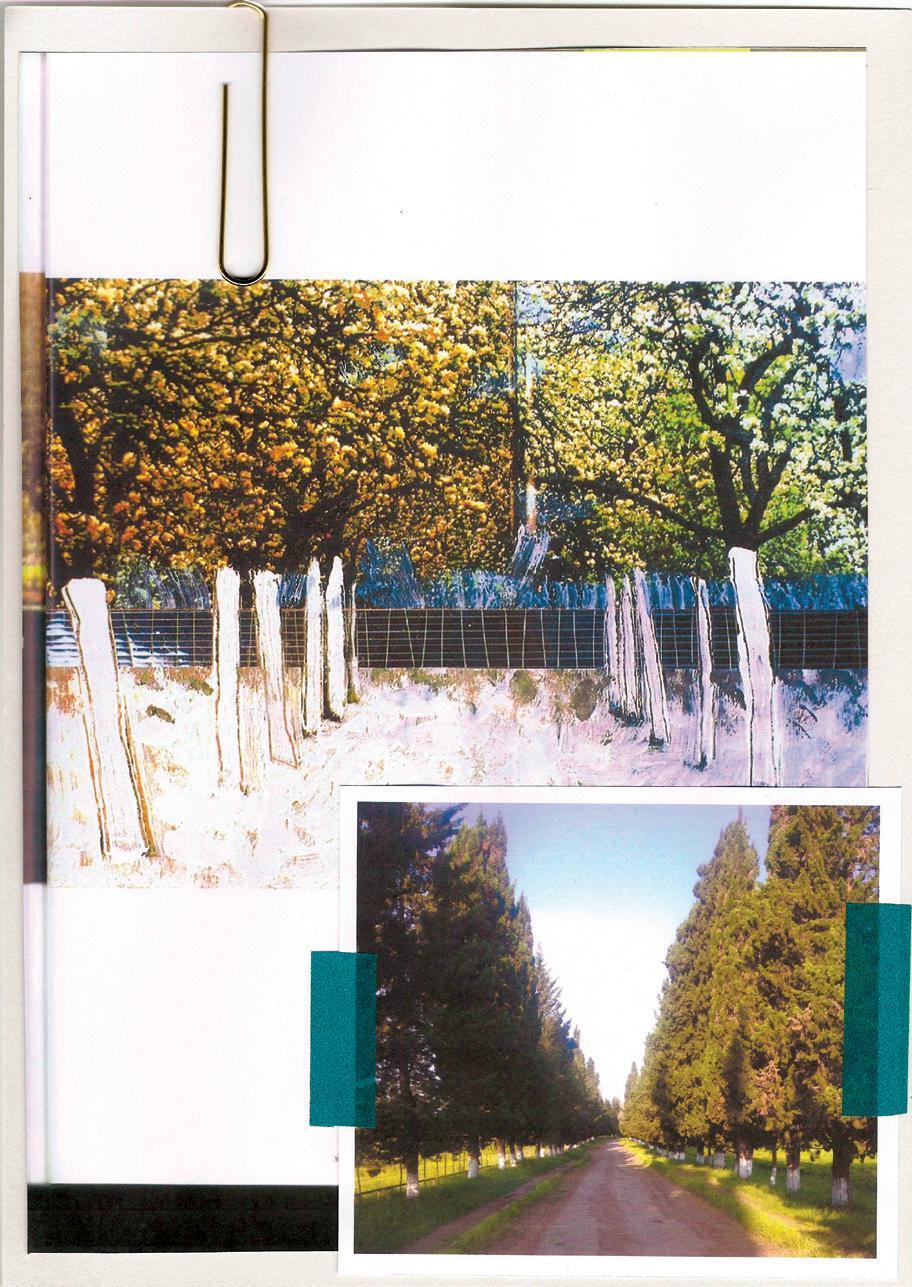
fra•ctal § Mathematics
noun a curve or geometric figure, each part of which has the same statistical character as the whole. Fractals are useful in modeling structures (such as eroded coastlines or snowflakes) in which similar patterns recur at progressively smaller scales, and in describing partly random or chaotic phenomena such as crystal growth, fluid turbulence, and galaxy formation.
adjective relating to or of the nature of a fractal or fractals: fractal geometry.
ORIGIN 1970s: from French, from Latin fract- ‘broken’, from the verb frangere.
FRACTAL
Wilderness Zone Linear Food Forest Windbreaks
100
m 200 m
• 36 •
COMPLEX PERMACULTURAL STRUCTURES
LINEAR FOOD FOREST WITH DOUBLE FENCES
Autochthon trees for shadow
Pinus eldarica Medw., Parrotia persica, Pinus brutia subsp. eldarica
Trees species (leguminouses, oaks, chestnuts)
Albitzia julibrissin Duraz., Gleditzia caspica, Quercus castaneifolia C.A.M., Quercus macranthera, Castanea sativa
Prunus avium, Sorbus torminalis, Dyospiros lotus, Pyrus communis, Morus alba e M. nigra, Corylus avellana, Punica granatum
Wild fruit trees Big shrubs
Salix spp. arbustivi, Feijoa sellowiana, Crataegus monog yna, Cornus mas, Sambucus nigra, Berberis spp., Ilex hyrcana
Rosa canina, Danae racemosa, Hedera spp., Mespilus germanica
Leguminouses climbers (pea, bean)
Cereals (oat, barley, wheat, rye) Forage legumes (hay, alfalfa, clover, soy, etc.)
Crataegus monog yna
Feijoa sellowiana (evergreen)
Punica granatum
Sambucus ebulus
Sambucus nigra
Albizia julibrissin
Castanea sativa
Gleditsia caspica
Pyrus caucasica
Populus alba
Quercus castaneifolia
Cereals: Avena sativa, Hordeum vulgare, Secale cereale, Zea mays, Holcus sorghum
Legumes: Vicia faba minor, Vicia sativa, Trigonella foenum graecum, Pisum arvense, Ervum ervilia, Soja hispida, Lathyrus silvestris
Erbaceous: Brassica rapa oleifera, Brassica napus oleifera, Sinapis alba, Brassica oleracea acephala, Polygonum fagopyrum
n.
TREES/BIG SHRUBS TREES MODULE
SPECIMENS
m²
SMALL
OF 120
IN 160
2 5 5 4
Shrubs 4 14 11 70 m² Fence PA pg DL pg PY AJ GC QC CS AJ sn cm se fs
cm fs pg se sn
AJ CS GC PY PA QC 2 1,5 8 3 18
• 37 •
PRODUCTIVE ORCHARDS BIENNIAL SHORT ROTATION
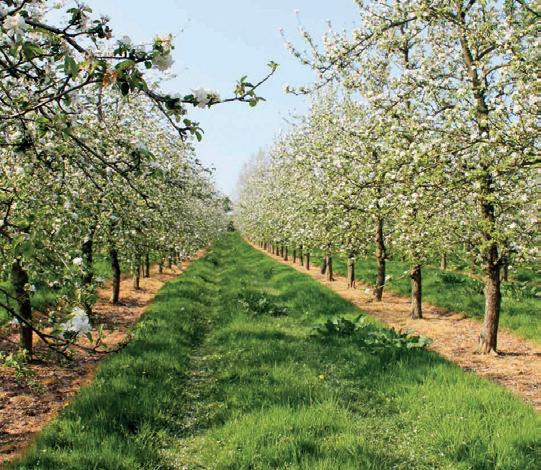

Orchards and biennal short rotation between trees. Crops are sheltered between mixed hedgerows of fruit, nuts and insectary trees.

• 54 •
Section 1:1000 – RAEZI – Productive orchards
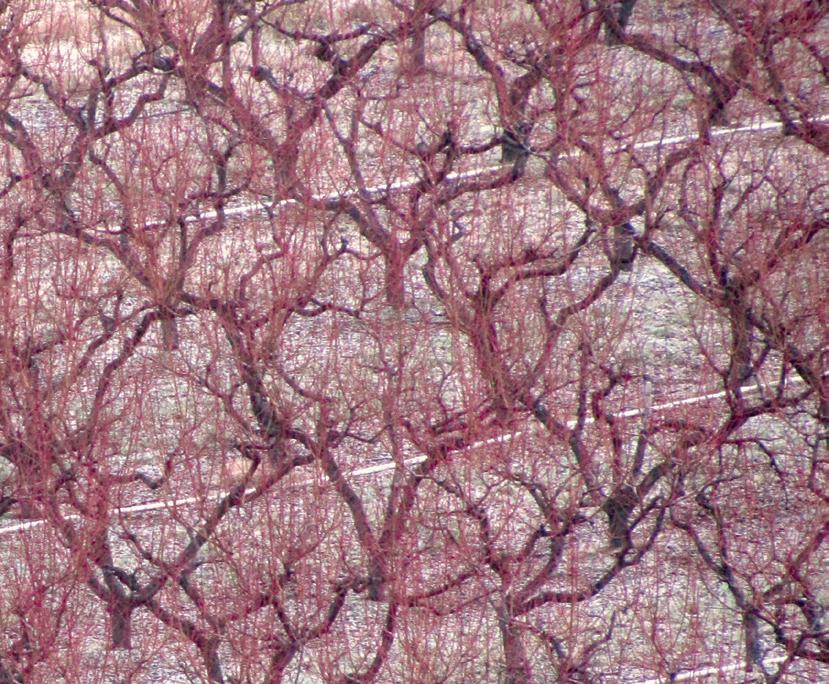


• 55 •
The plantig layout of the orchards follows the contour lines.
Subtropical Myrtaceae. Feijoa (Acca sellowiana) shapes and cross-sections of the fruit.
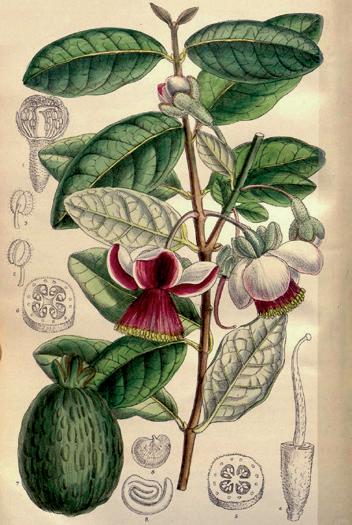
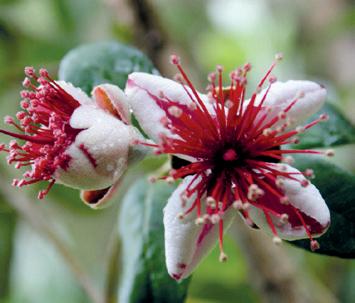
Source: Plant Production and Protection Series No. 26. FAO, 1994, Rome, Italy. p. 229-237
 Flower of Feijoa
Flower of Feijoa
• 82 •
FEIJOA
Feijoa plantations set on slopes will be planted along the contour lines.
Windbreaks are planted perpendicular to the prevailing wind in order to decrease its effect on crops.
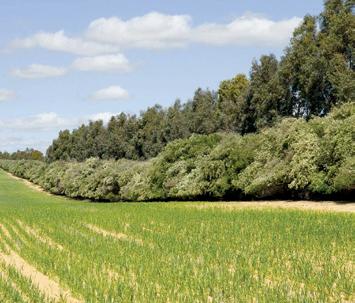
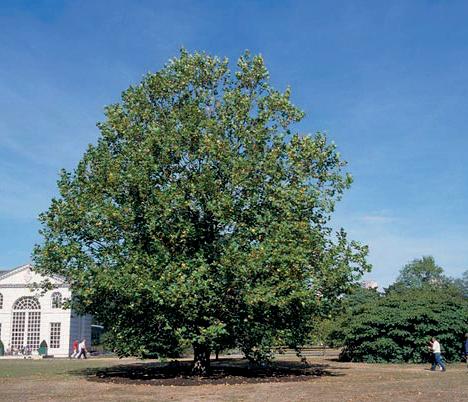
Windbreaks
 Platanus orientalis
Platanus orientalis
• 83 •
Section 1:1000 – RAEZI – Feijoa cultivation
EXTRACTS FROM : 07may2014–PROJECTREPORT
Wilderness Zone Grazing Land
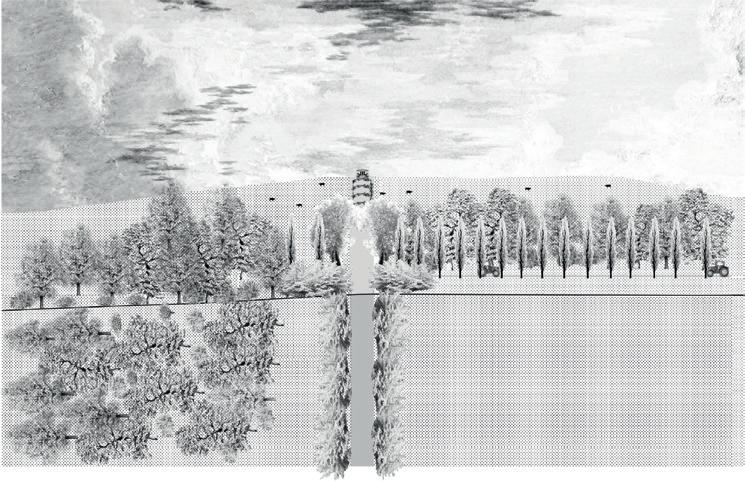
Crataegus oxyacantha
Parrotia persica
Platanus orientalis

Cupressus sempervirens
Castanea sativa
• 121 • MAIN AXIS
milking cows up to 60 cows
1 hectare - 2.5 cows beef cattle up to 60 bulls
1 hectare - 2.5 bulls
Avarage weight of a cow
550 kg
Dairy cows can eat up to 3 to 5% of their body weight per day
1 cow - 16,5 kg
60 cows - 990 kg
Avarage weight of a cow
550 kg
Beef cows can eat up to 2 to 3% of their body weight per day
1 cow - 11 kg
60 cows - 660 kg
Avarage weight of a veal
100 - 350 kg
Veals can eat up to 4% of their body weight per day
1 cow - 10 kg
60 cows - 600 kg
1 duck - 1,6 kg
500 ducks - 296 kg of mash per day
type of animal and amount space required grazing indoor Younger cattle - 60
hectare
veals
- 500 pheasants 26 ha 18 ha 26 ha 360 m2 240 m2 feeding Input 0,4 ha 40 m2
1
- 3.3
Muscovy Ducks
600 m2 550kg 16 kg 550kg 11 kg 350kg 10 kg daily 1,6 kg daily daily daily fejioa 500-600 trees per hectare rice 2.5 tons per ha in Ulason type of cultivation space required eld storage water fertilizer (compost) fruit each season 200g of fertiliser per year of tree up to 10 years and 2kg per tree annually thereafter 15 ha 7500-9000 fejioa trees 300-330 t ~170 m2 500 m3 0.3 ha corn to feed cows 12 ha alfalfa to feed cows tea 10 000 bushes per ha in Ranoba 15 ha ~150 000 bushes 1.2 ha 60 t 66 m3 ~22 m2 kg kg kg kg kg kg Input 1 m3 0.75 t 240 t 480 m3 ~160 ~44 m2 133 m3 120 t - amount of hectares for vegetation - total weight of the yield per year
needed volume of the building to store yield
approximate area of the building (depends on the height) index • 176 •
-
-
beetroot, onion, potatoes, melons, cucumbers, tomatoes other vegetables for the farm use, cow and sh feed, wild birds and ducks feed
owers, citrus, roses in greenhouses
type of cultivation space required eld storage fertilizer (compost) water kg
carrot,
0.5 ha 37.5 t 73 m3 greenhouses 5000 m2 ~24 m2 Input 170kg10 200kg- 0,750 m3 - 45 m3 - 0,750 m3 - 45 m3 120 m3 - 0,500 m3 - 30 m3 x60 1 60 170kg10 200kg1 1 60 100kg6 000kg1 60 x60 x60 nitrogen (waste) per year animal biogas per year
Methane 50–75
Carbon dioxide 25–50
Nitrogen 0–10
Hydrogen 0–1
Hydrogen sulphide 0–3
Output • 177 •
Typical composition of biogas
%
%
%
%
%
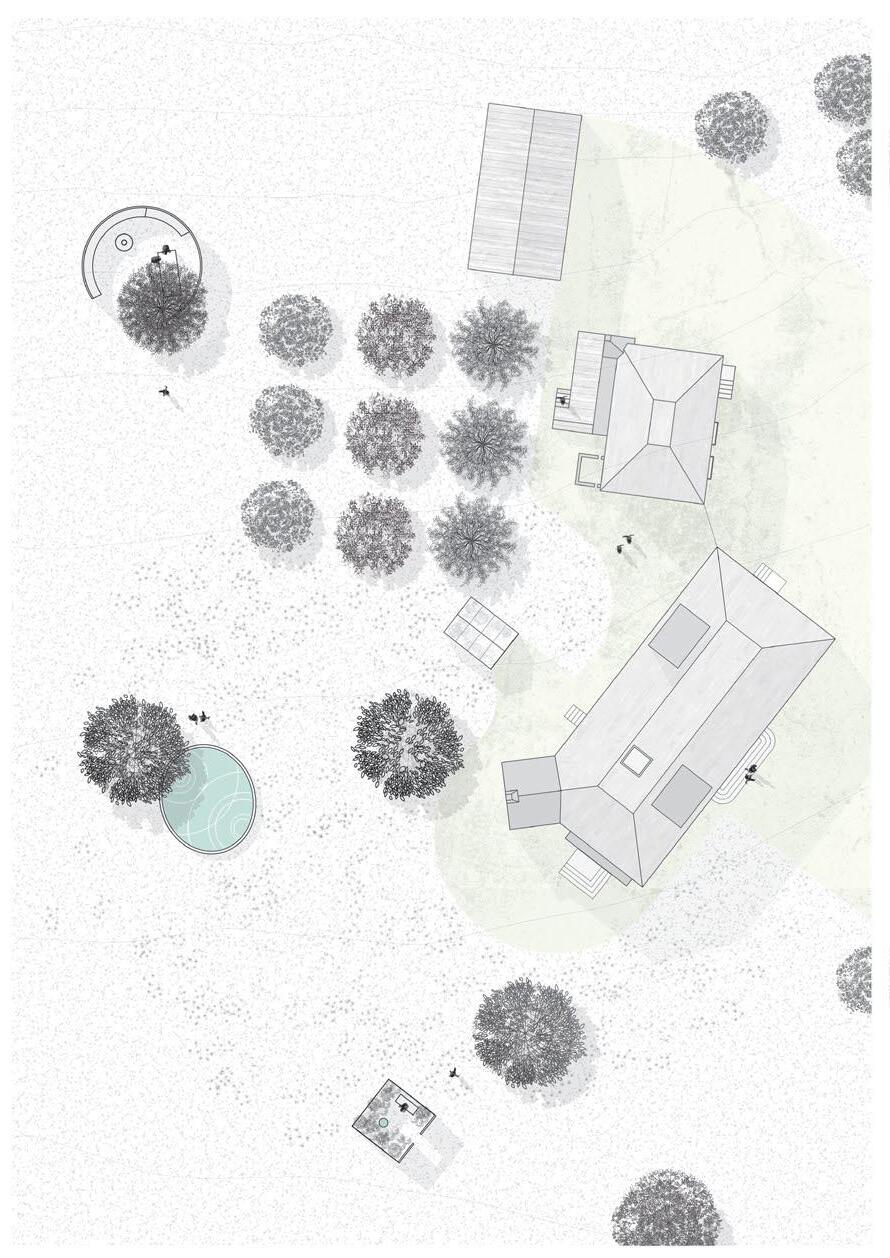
m 0 1 m 5 m 0 m 2 Seconda r y House Cars Shed Main House O v ervi e w • 248 •






Main House G r ound F l oor s c a l e 1:100 Lob b y 12,50 sm S tudio 15,00 sm B ed r oom 11,30 sm Kitchen 10,50 sm T oilet 6,20 sm T oilet 6,20 sm B ed r oom 10,10 sm B ed r oom 15,00 sm E nt r ance H all 19,20 sm Dining 28,00 sm L iving 20,20 sm 3,80 3,80 3,50 21,00 3,30 10,00 1,30 4,00 3,10 3,40 4,10 2,00 3,50 2,00 3,40 4,50 3,60 9,20 • 249 •
seeding time
harv.
Biennial short rotation
3 ha - irrigated production: 13 t/ha year - 10.500 UFC/year
Oct. Apr.
VIcia villosa
Trifolium incarnatum
Zea mais
Hordeum vulgare
Vigna sinensis
Dolichos melanophtalmus
Pisus sativum
Glycine max
Hordeum vulgare
Vicia faba
Trifolium incarnatum
Zea mais
Hordeum vulgare
Glycine max
Avena sativa
Vicia sativa
Pisum sativum
Cicer arientinum
Lathyrus sativus
Hedysarum coronarium
Secale cereale
Solanum tuberosum
Hordeum vulgare Pisum
Zea mais
Hordeum vulgare
Glycine max
Avena sativa
Vicia faba
Cicer arientinum
Avena sativa
Vicia sativa
Pisum sativum
Cicer arientinum
Lathyrus sativus
Hedysarum coronarium
Secale cereale
Solanum tuberosum
Hordeum vulgare
Vicia faba
Trifolium incarnatum
Zea mais
Secale cereale
Lathyrus sativus Solanum tuberosum
Hordeum vulgare
Pisum sativum
Zea mais
Hordeum
Zea Setariamaysitalica
Panicum
Sorghum
Hordeum vulgare
Beta
VIcia villosa
Trifolium incarnatum
Zea mais
Hordeum vulgare
Vigna sinensis
Dolichos melanophtalmus
Pisus sativum
Glycine max
NOTE : 4 - 5 years need to pass before the potato return on the same grounds, neither in this time shall come in the rotation other solanaceous crops (tomato, pepper, eggplant, tobacco), alternatively HERBAGE S**
vulgare
miliaceum
vulgare
vulgaris
harv. May Sept. harv. Oct. May harv. June Sept. harv. Oct. Apr. harv. May Sept. harv. Oct May harv. June Sept. harv. Jan. Apr. harv. May Sept. harv. Oct. May harv. June Sept. seeding time seeding time seeding time seeding time harv. Oct. Apr. harv. May Sept. harv. Oct. May harv. June Sept. seeding time seeding time seeding time seeding time harv. Oct. Apr. harv. May Sept. harv. Oct. May harv. June Sept. seeding time seeding time seeding time seeding time harv. Oct. Apr. May harv. Oct. May harv. June Sept. seeding time seeding time seeding time seeding time harv. Oct. Apr. May harv. Oct. May harv. June Sept. seeding time seeding time seeding time seeding time seeding time seeding time seeding time seeding time seeding time seeding time harv. Jan. Apr. harv. May Sept. harv. Oct. May harv. June Sept. seeding time seeding time seeding time seeding time seeding time harv. Oct. Apr. harv. May Sept. harv. Oct May harv. June Sept. seeding time seeding time seeding time seeding time Area 2.3 Area 2.1 Area 2.2 Area 2.3 Area 2.1 Area 2.2 Area 2.3 Area 2.1 Area 2.2 Biennal short rotation A B C Biennal short rotation A B C Biennal short rotation A B C AREA 2.1 AREA 2.2 AREA 2.3 1° - 2° year 3° - 4° year 5° - 6° year
• 302 •
sativum
A B C B C A C A B
PRODUCTION PLAN
Area 3 - Semintensive/extensive agricolture
FORAGE CROPS
Grass pasture
Grass land
Meadows
100 m 200 m
• 303 •
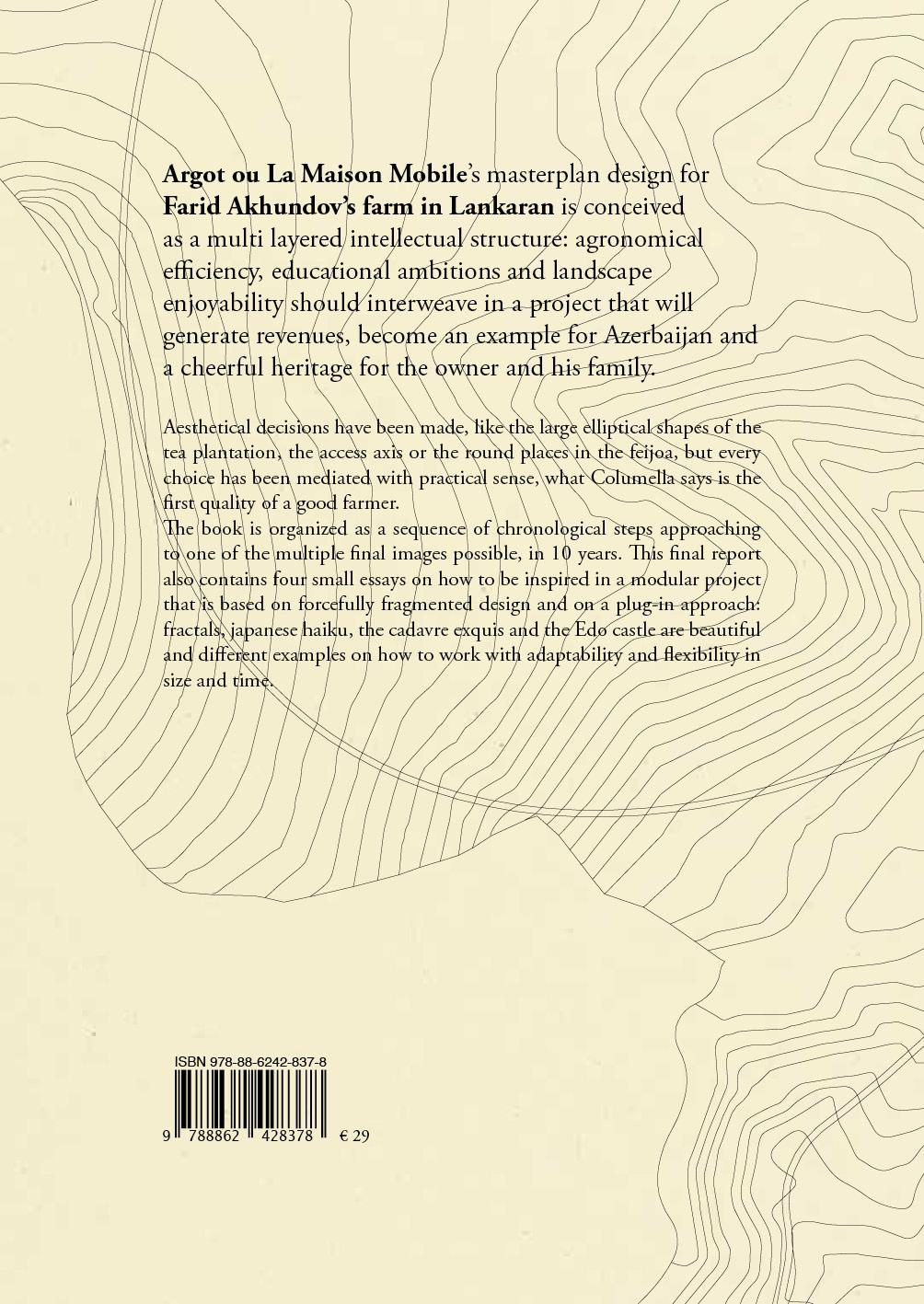














 Flower of Feijoa
Flower of Feijoa


 Platanus orientalis
Platanus orientalis









